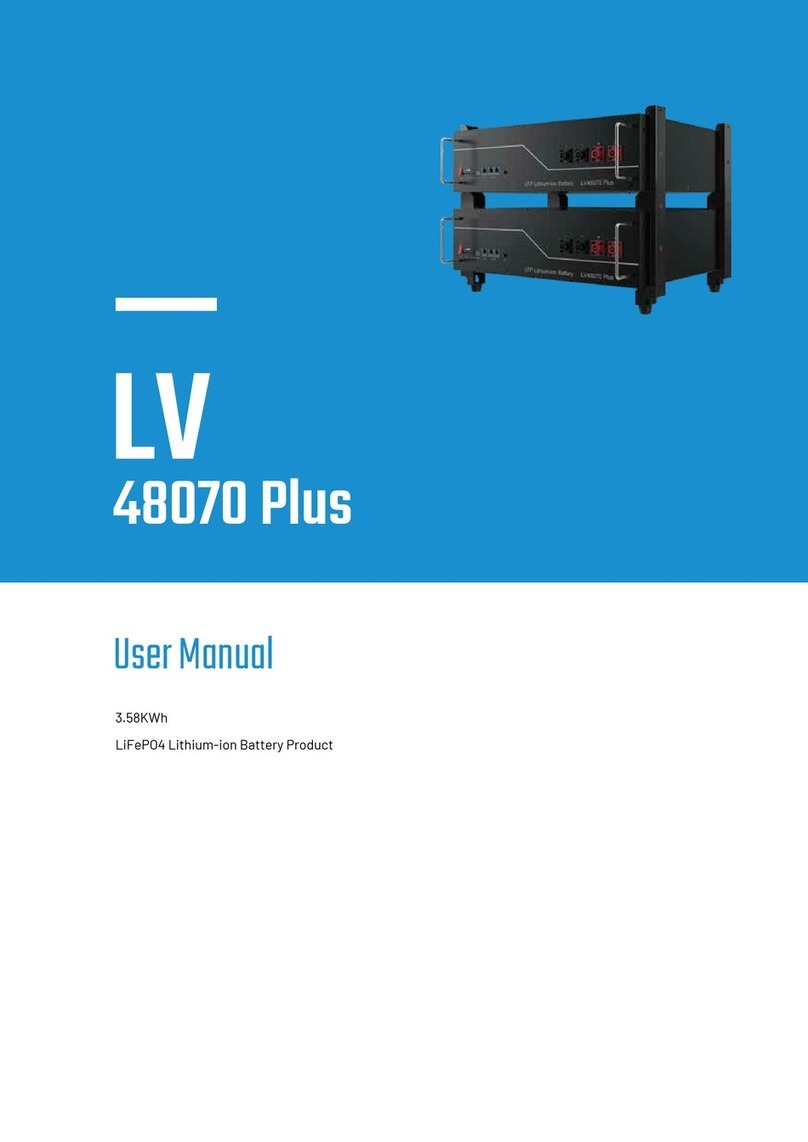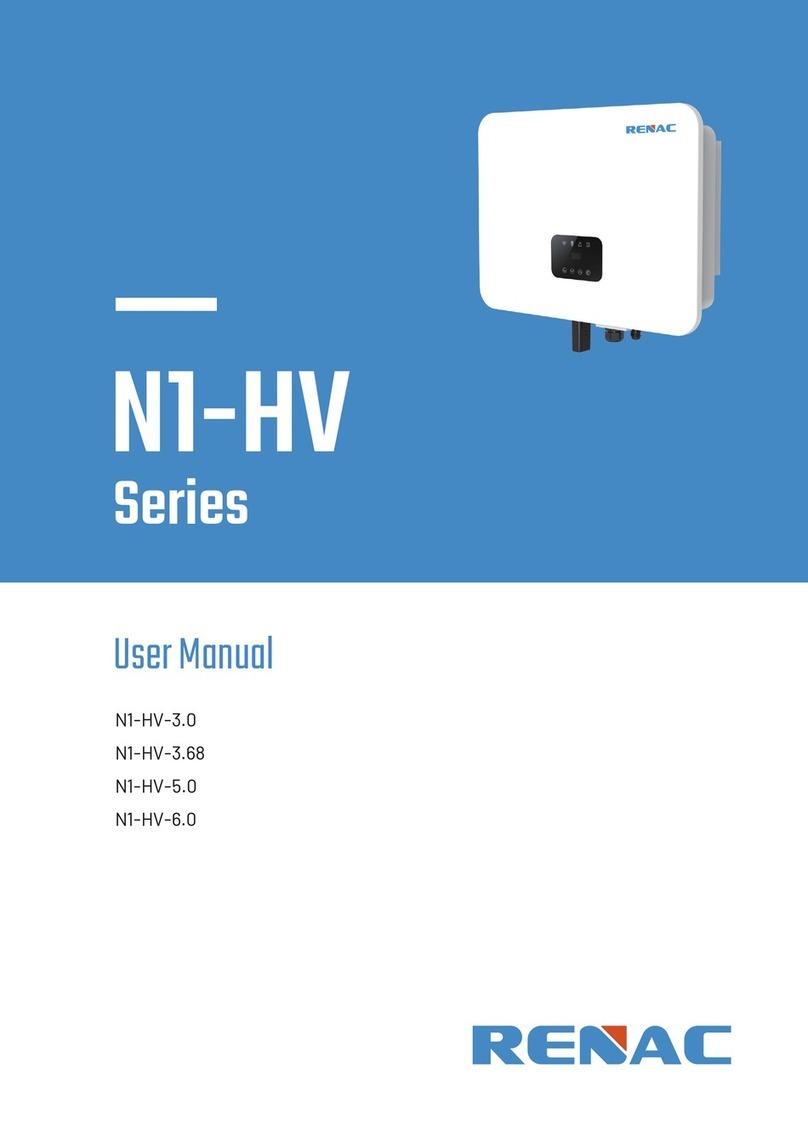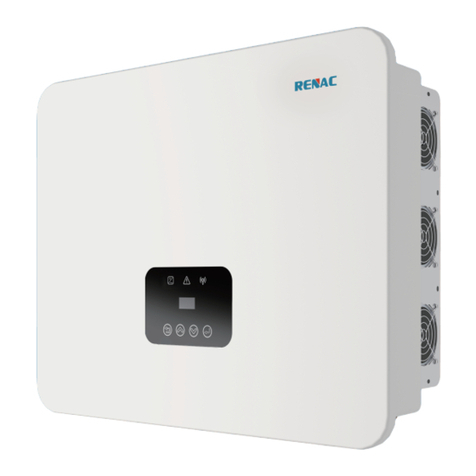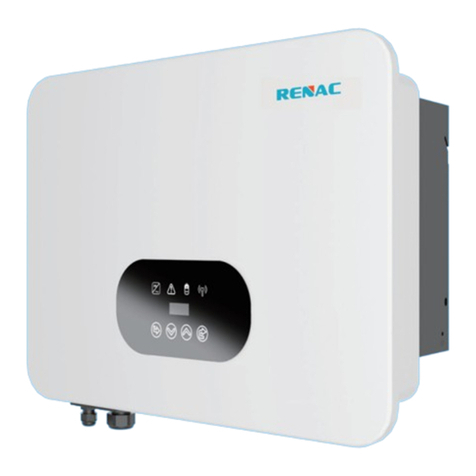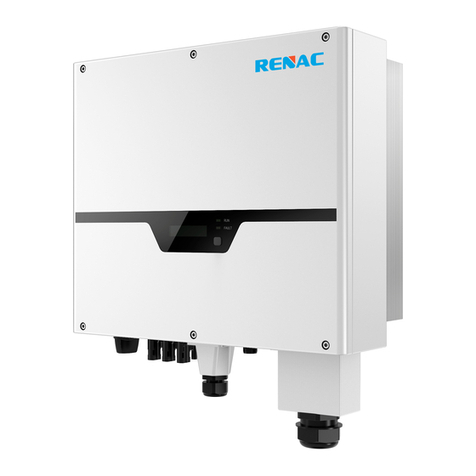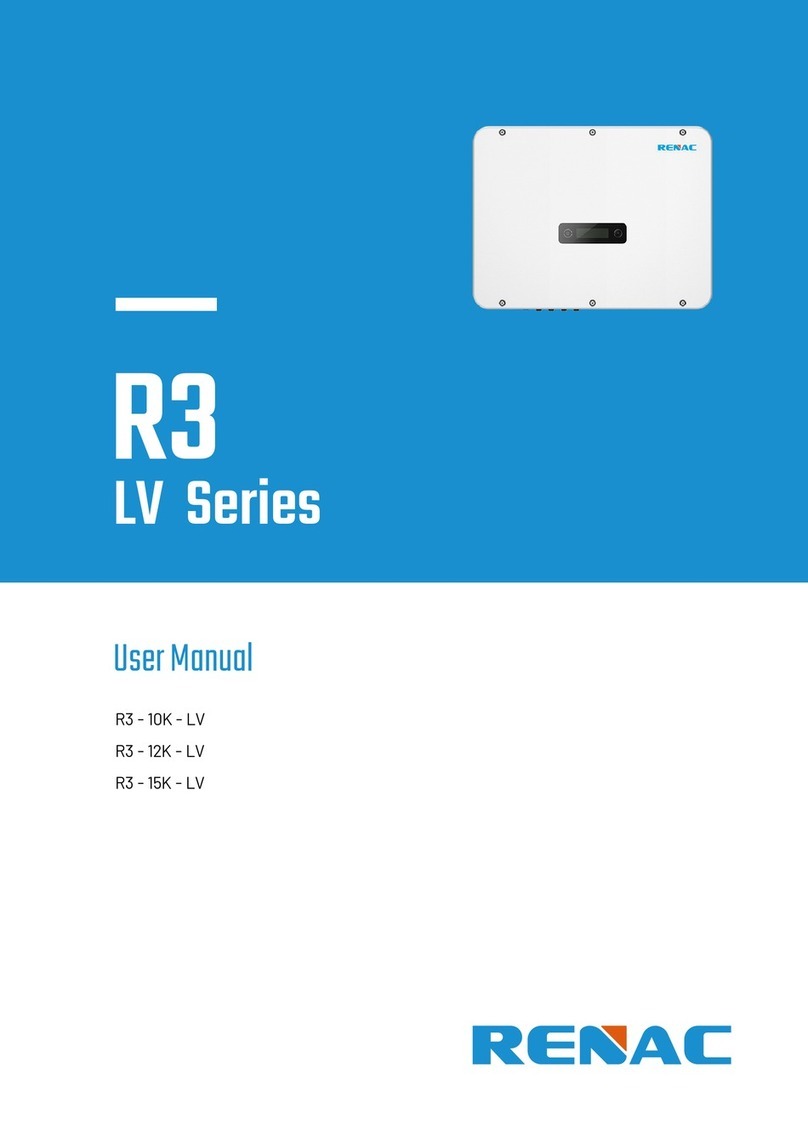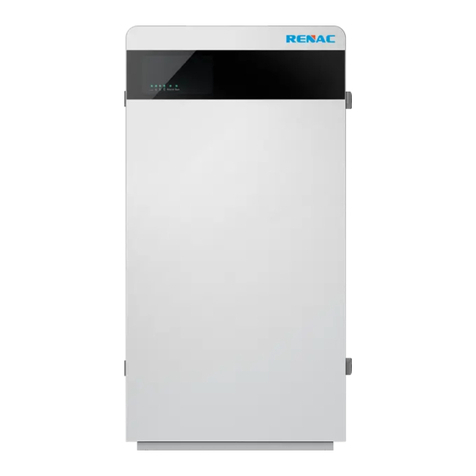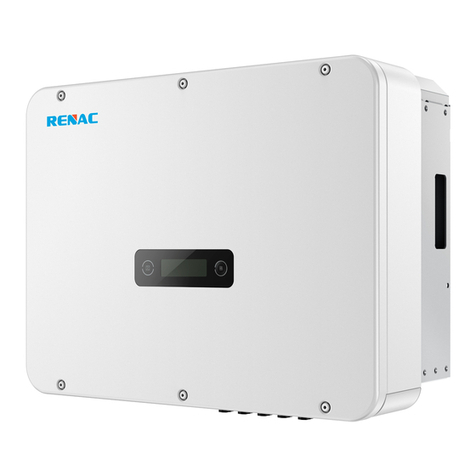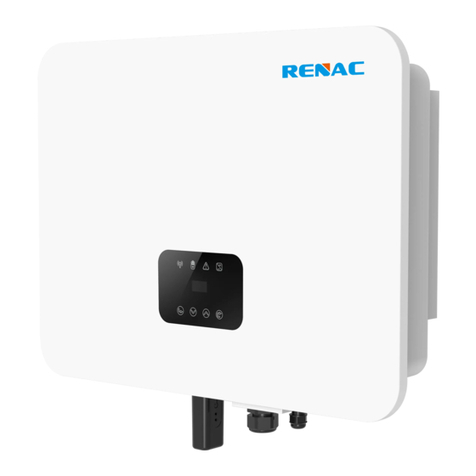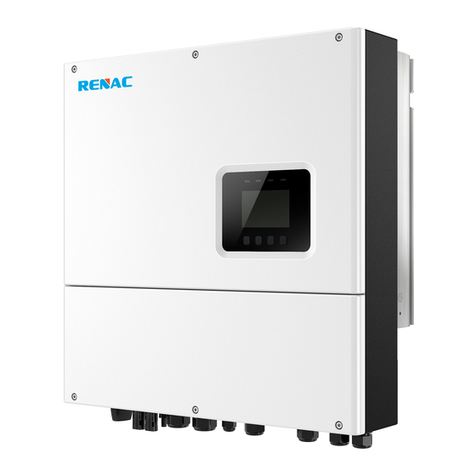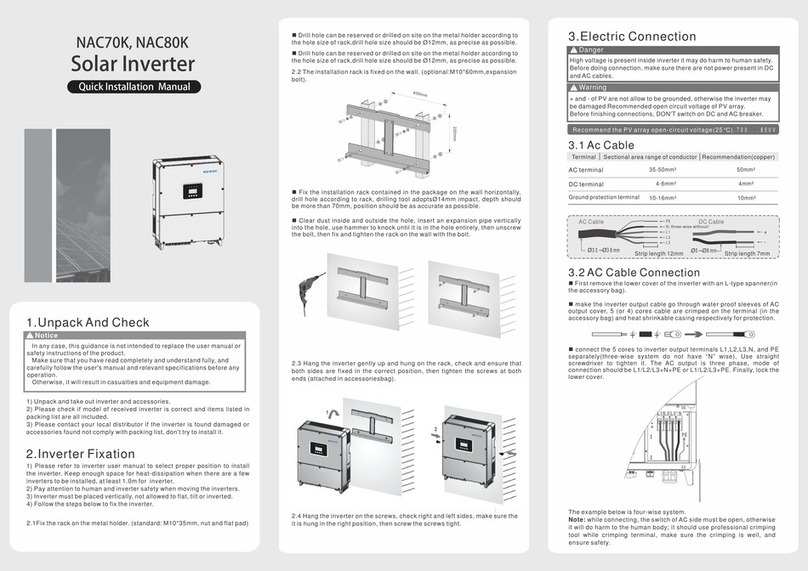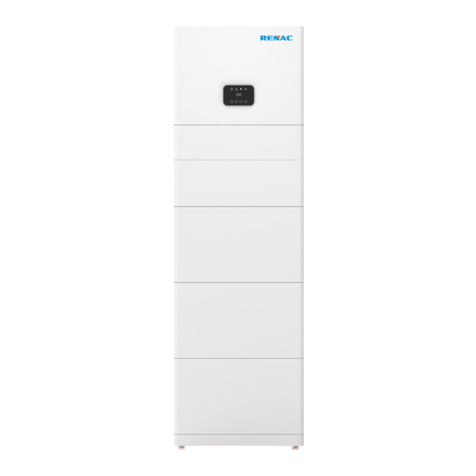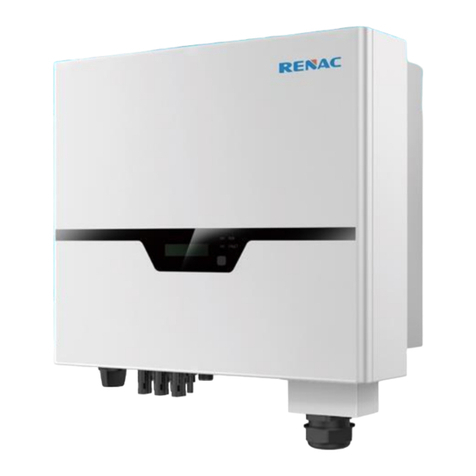
1
Contents
1.Introduction...........................................................................................................................................................2
1.1 Introduction....................................................................................................................................................2
1.2. Applied designations....................................................................................................................................2
1.3. Important safety information.........................................................................................................................3
1.4. System sizing...............................................................................................................................................3
2. Technical description of inverters.......................................................................................................................4
2.1. Mechanical design........................................................................................................................................ 4
2.2. Electrical system design...............................................................................................................................5
2.3. Technical data..............................................................................................................................................6
2.4. Grid codes....................................................................................................................................................7
3. Installation and startup........................................................................................................................................8
3.1. Package information.....................................................................................................................................8
3.2. Installation environment ...............................................................................................................................8
3.3. Installation position.......................................................................................................................................9
3.4. Mounting procedure ...................................................................................................................................10
3.5. Electrical connection ..................................................................................................................................11
3.6. Starting the inverter....................................................................................................................................14
4. User interface....................................................................................................................................................14
4.1. Led and key................................................................................................................................................14
4.2. LCD display................................................................................................................................................15
4.3. Factory setting............................................................................................................................................15
4.4. Setting language ........................................................................................................................................16
4.5. Setting modbus address ............................................................................................................................16
4.6. Setting export power (CT)..........................................................................................................................16
4.7. Self-Test in accordance with CEI 0-21 (Applies to Italy only)....................................................................16
5. Warranty............................................................................................................................................................18
5.1. Warranty claim procedure..........................................................................................................................18
5.2. Service after warranty expiration................................................................................................................18
Appendix A: FAQ (Frequently asked questions)...................................................................................................19
